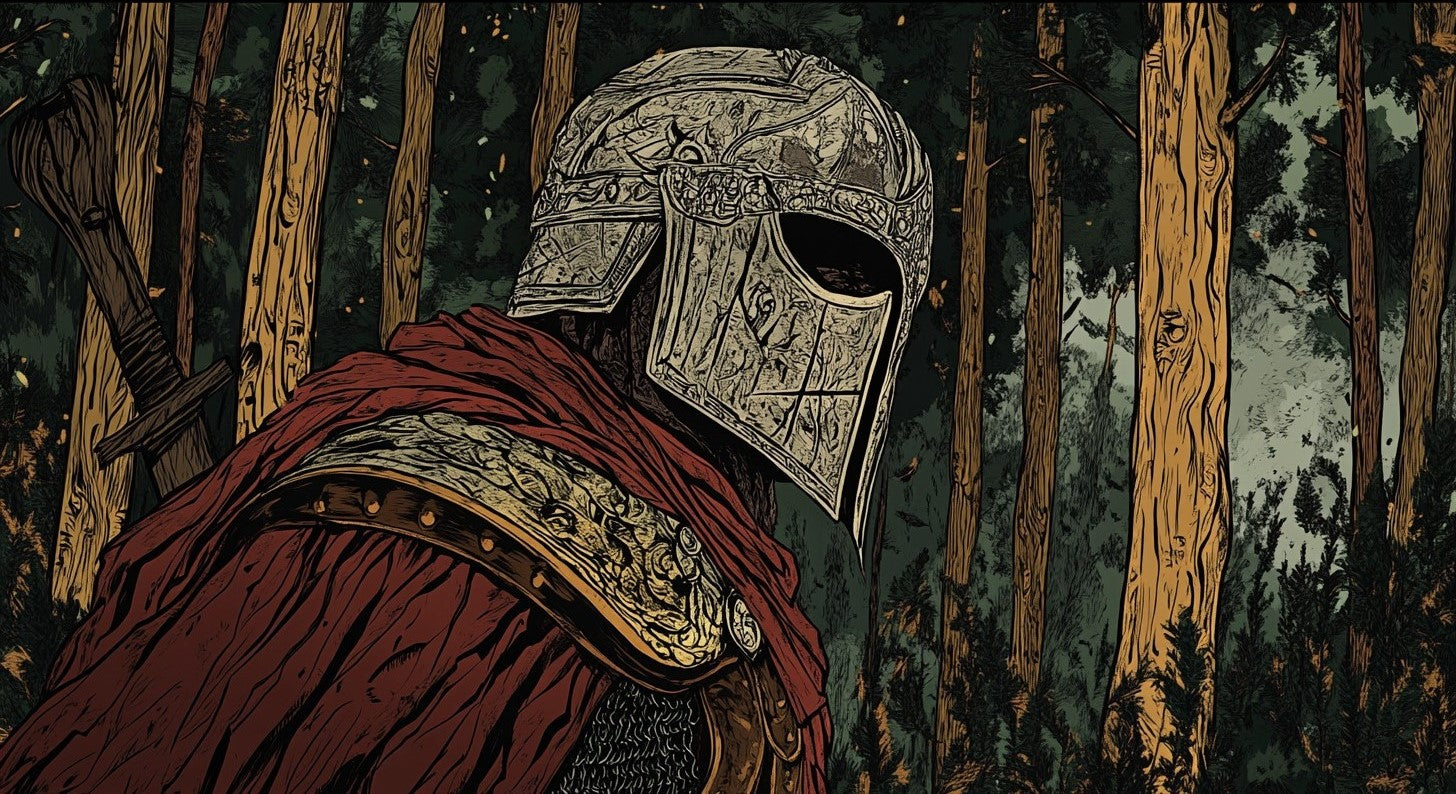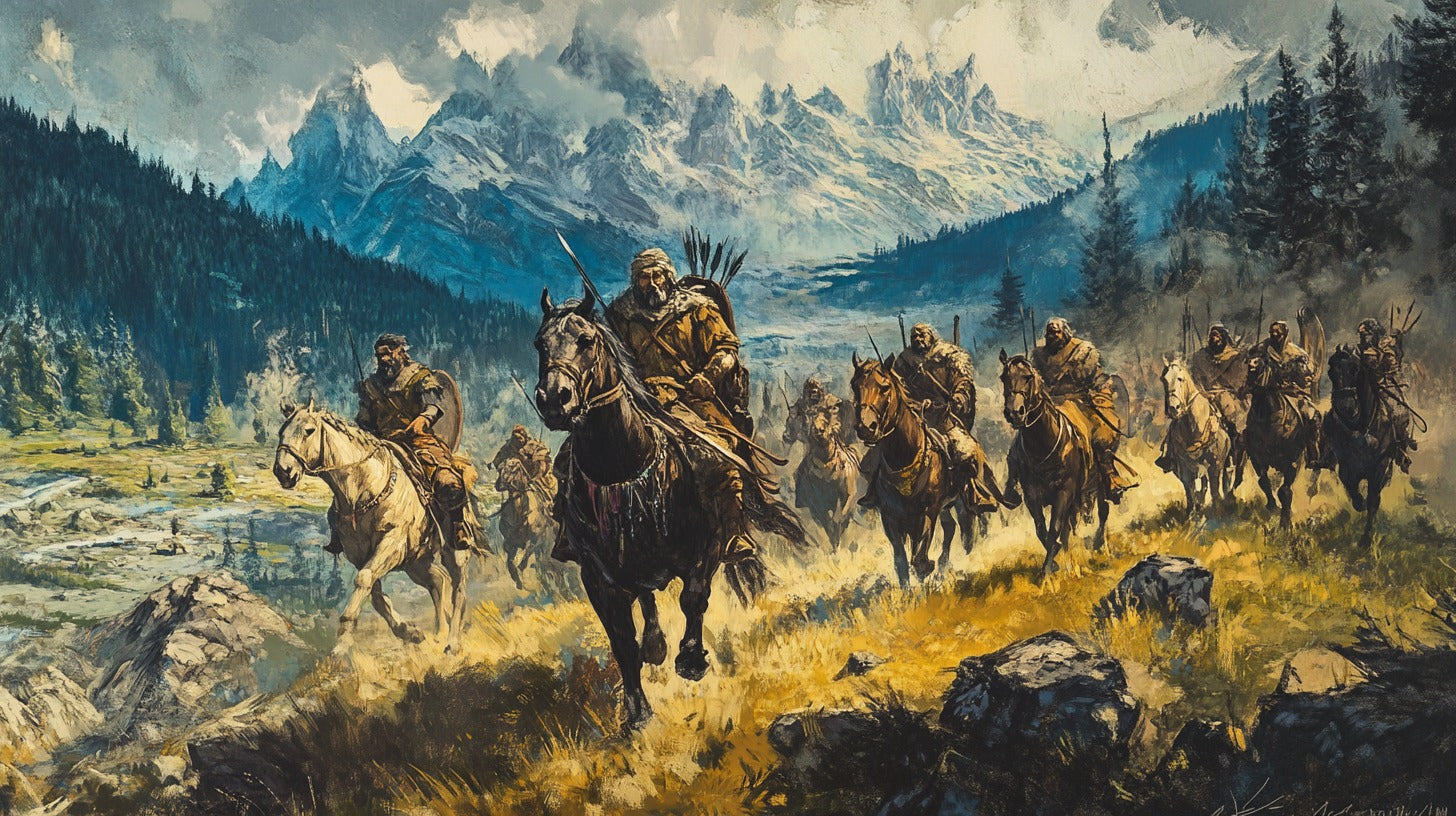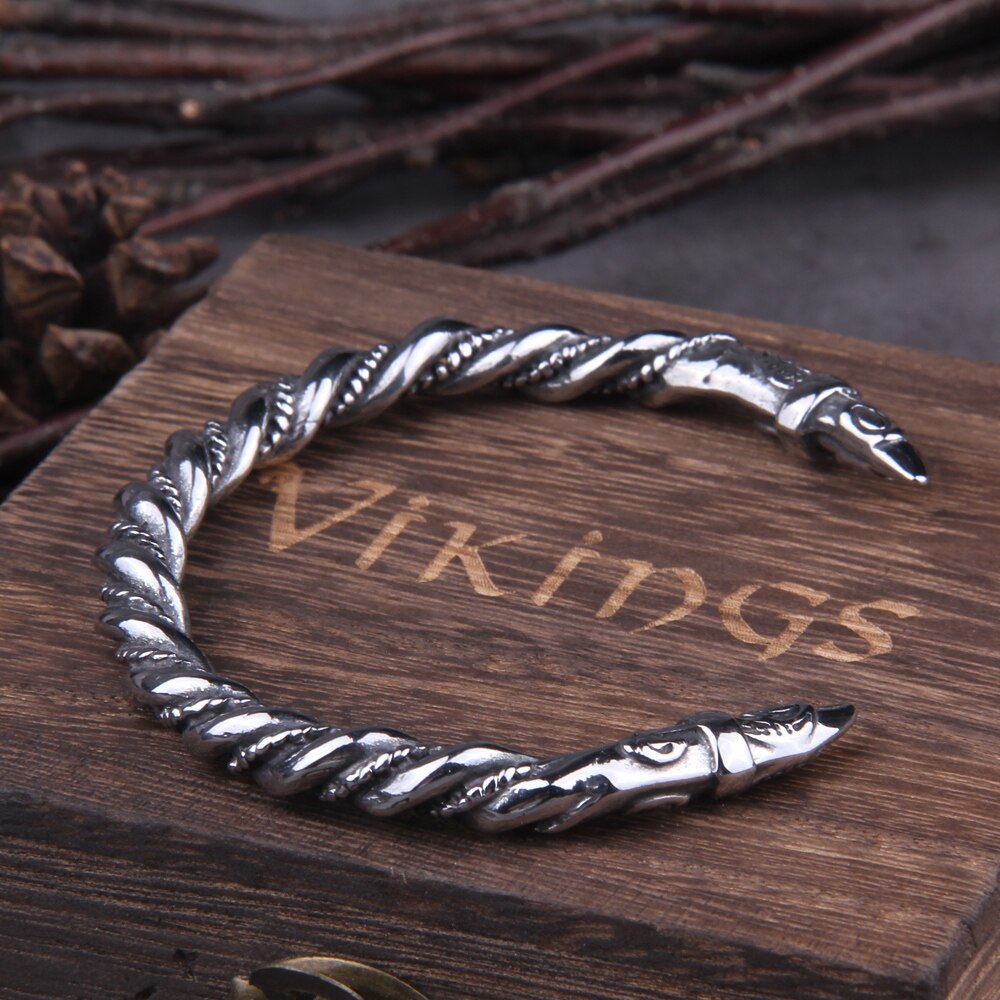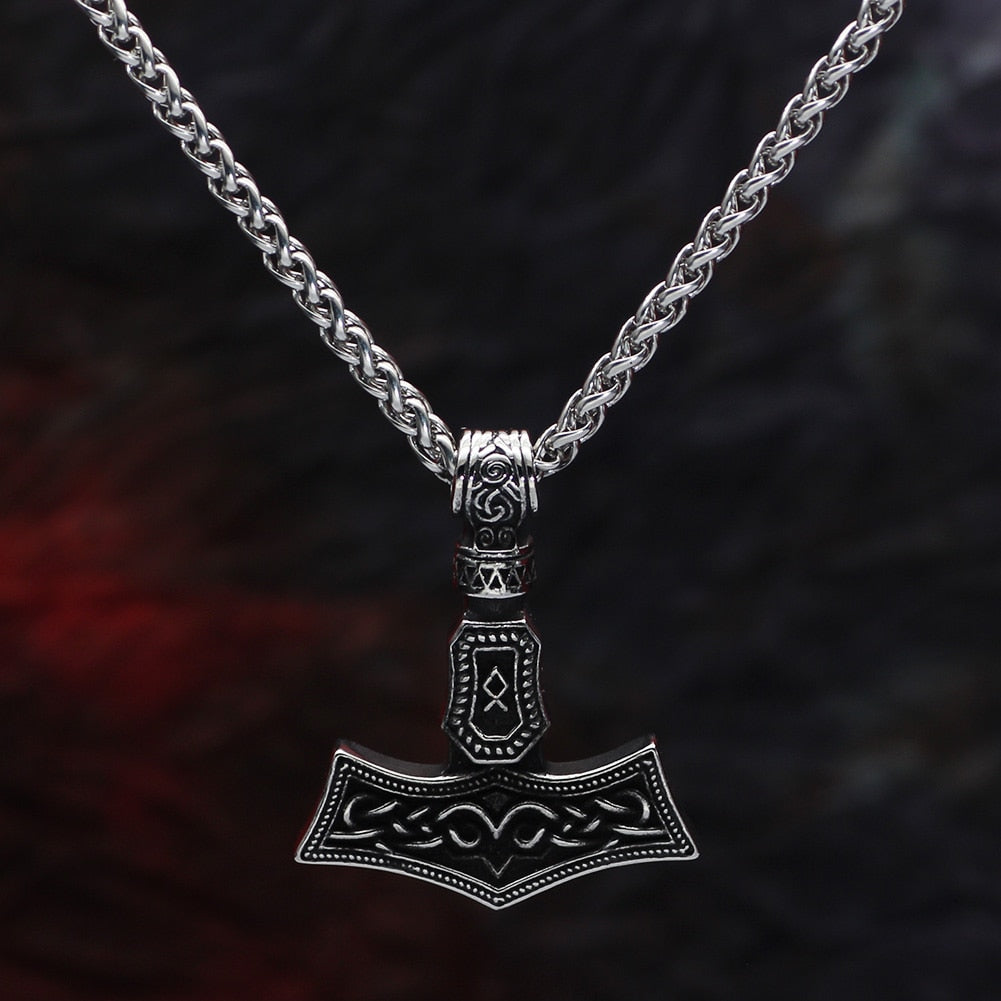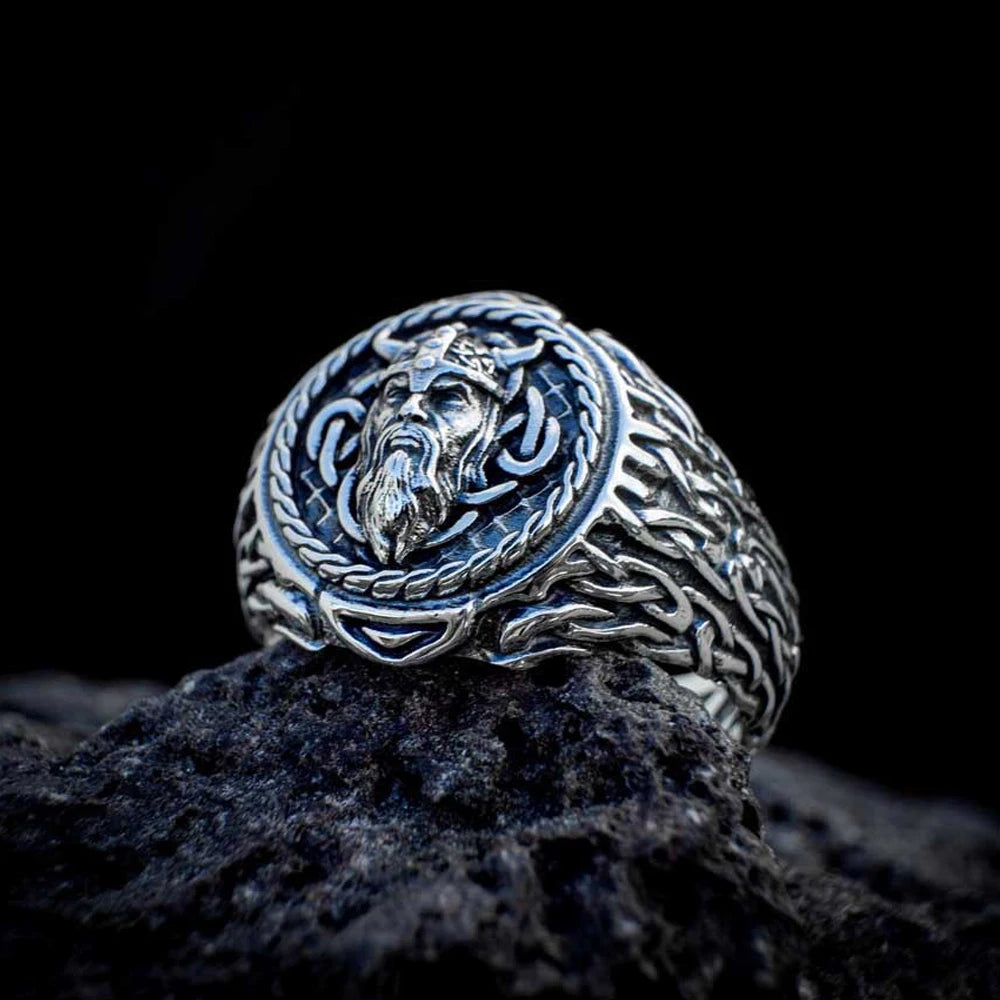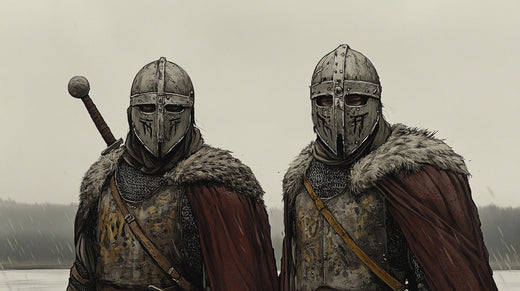
The Gutes: Ancient Merchants and Warriors of Gotland
The Gutes, or Gotlanders (Old Norse: Gutar), were the Gothic-related Norse inhabitants of Gotland, Sweden's largest island. Archaeological evidence suggests continuous settlement on Gotland since at least 8000 BCE, with the distinct Gute culture emerging during the Nordic Bronze Age (1700-500 BCE). The island's strategic location in the Baltic Sea profoundly influenced their development as a seafaring people.
The material culture of the Gutes is particularly well-documented through the island's rich archaeological record. Over 42,000 known archaeological sites on Gotland include more than 1,000 Iron Age picture stones, which provide invaluable insights into Gute society, beliefs, and maritime activities. The limestone-rich soil of Gotland has preserved an extraordinary number of artifacts, making it one of the richest archaeological regions in Northern Europe.
Society and Culture

Sweden during the 12th century before the incorporation of Finland, Yellow = Swedes, Purple = Geats, Green = Gutes (Illustration: Wikicommons CC BY-SA 4.0)
The Gutes maintained a unique social organization that differed from mainland Scandinavian societies. The Guta law (Gutalagen), preserved in a 13th-century manuscript, reveals a sophisticated legal system that regulated trade, inheritance, and social relations. Unlike many contemporary societies, Gute women enjoyed significant legal rights, including property ownership and inheritance.
Prior to Christianization, the Gutes practiced Norse paganism with distinct local characteristics. Archaeological evidence, particularly from sites like Hellvi and Kräklingbo, suggests a complex religious life incorporating both pan-Scandinavian elements and unique local traditions.
Maritime Trade and Commerce

Clay pot from Swedish Iron Age, Gotland (Illustration: Nordisk familjebok)
The Gutes established extensive trading networks across the Baltic Sea region. Their strategic location allowed them to dominate trade routes between Scandinavia, the Baltic lands, and Russia. Archaeological findings demonstrate trade connections reaching as far as the Byzantine Empire and the Islamic world, evidenced by the discovery of over 700 hoards containing more than 180,000 silver coins from various regions.
By the Viking Age (793-1066 CE), the Gutes had developed a sophisticated economic system based on both trade and agriculture. Their currency system, which included silver rings and coins, facilitated international trade. The island's abundant natural resources, including limestone, timber, and tar, provided valuable export commodities.
Military History and Defense

Iron axe from Gotland, Sweden (Illustration: Nordisk familjebok)
The Gutes developed an extensive system of hill forts and coastal defenses. The most notable example is Torsburgen, Scandinavia's largest ancient hill fort, covering 12 hectares. These fortifications played crucial roles during periods of conflict and served as refuge points for the local population.
Historical sources, including the Guta saga, describe a well-organized military system. Every Gute ship was required to participate in both defence and trade, reflecting the dual nature of maritime activity in medieval Baltic society.
Cultural Legacy and Heritage

Tiwaz Mjölnir Thor's Hammer Amulet
The Gute language (Gutamål) survives today as a distinct dialect of Swedish, preserving many ancient Norse linguistic features. The Guta saga and Gutalagen provide invaluable insights into medieval Gute society and remain crucial historical sources.
Gotland's archaeological heritage, particularly its picture stones and silver hoards, continues to provide new insights into medieval Baltic life. The island's churches, built during the medieval period, demonstrate the transition from paganism to Christianity and showcase unique architectural features.
The Gutes represent a remarkable example of how geography and maritime opportunity shaped the development of a distinct medieval culture. Their sophisticated trading networks, unique legal system, and rich archaeological heritage continue to influence our understanding of medieval Baltic society. Their legacy persists in contemporary Gotland's cultural identity and in our understanding of medieval maritime trade networks.

History of the Goths - Herwig Wolfram
Frequently Asked Questions (FAQs)
1. Who were the Gutes and how were they different from Vikings?
The Gutes were the inhabitants of Gotland who developed their own distinct culture, though they participated in Viking Age trade and warfare.
2. What made Gotland so important for medieval trade?
Its strategic location in the Baltic Sea made it a crucial intersection for trade routes between Scandinavia, Eastern Europe, and beyond.
3. What are picture stones and why are they significant?
Picture stones are carved limestone monuments unique to Gotland that depict scenes from Norse mythology, daily life, and historical events.
4. How did the Gutes defend their island?
Through a system of hill forts, coastal watchtowers, and a well-organized naval defense system.
5. What happened to Gute culture after the medieval period?
While absorbed into Swedish administration, distinct Gute cultural elements survive in local dialect, customs, and archaeological heritage.
References
Andrén, Anders (2014). "Tracing Old Norse Cosmology"
Thunmark-Nylén, Lena (2006). "Die Wikingerzeit Gotlands"
Peel, Christine (2009). "Guta Lag and Guta Saga"
Carlsson, Dan (2012). "Vikingatidens Gotland"
Wessén, Elias (1945). "Gutasagan"
